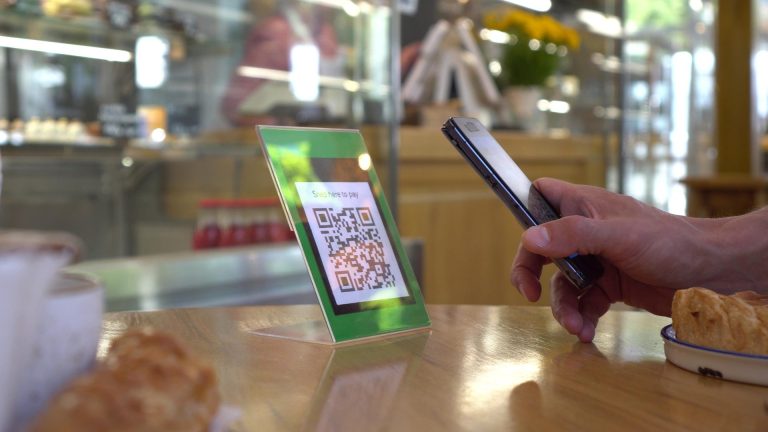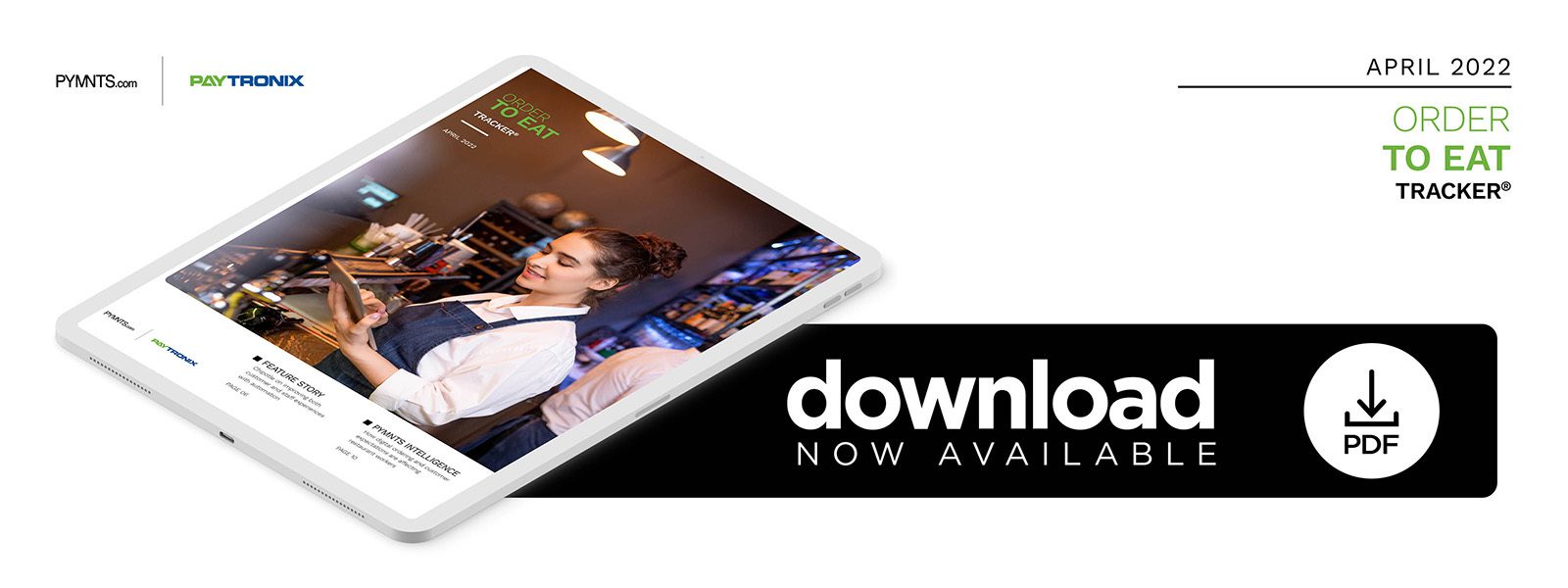PYMNTS Intelligence: How Current Trends in Digital Ordering and Customer Expectations Are Affecting Restaurant Workers

The pivot to digital food ordering during the pandemic was a lifesaver for the restaurant industry, enabling many eateries to thrive amid uncertainty. Digital orders surged 79% at Taco Bell, 40% at McDonald’s and 29% at Burger King year over year in September 2021, and the trend shows no sign of ending anytime soon. Customers who enjoy the convenience of digital ordering, in fact, cannot seem to get enough.
However, this success has come at a price. Floods of digital orders have led to backed-up kitchens and greater demand than already-busy staff members can handle, resulting in unfulfilled orders and angry customers. Compounding this development is a national labor shortage that has made it harder to hire more staff while rising gas prices have made it difficult to maintain teams of delivery drivers. This month, PYMNTS Intelligence takes a close look at how quick-service restaurants (QSRs) and fast-casual restaurants are dealing with industry factors that are affecting frontline workers. It also examines how restaurants are working to meet increased customer demand in a tight labor market while continuing to offer a satisfying dining experience.
Diners Behaving Badly
Restaurants that welcomed enormous boosts in delivery and to-go orders during the pandemic’s early days now find themselves facing an unmanageable demand. An increase in digital orders is taking a toll on the employees tasked with fulfilling them, with orders at some locations coming in at a rate of up to 90 items within a 15-minute span. Excessive waits lead to angry customers, who sometimes resort to rude and even violent behaviors against staff. A recent report found that 62% of hospitality professionals in the United States said that guests have become more demanding over the past year.
The growing stress on restaurant workers has resulted in chronic understaffing, with some business owners unable to fill openings when workers can obtain better pay and benefits elsewhere. Although the restaurant industry added 1.7 million jobs in 2021, seven in 10 restaurant operators recently reported they lack the staff to support current customer demand. Some eateries have had to ask employees to increase work hours or responsibilities, leading to an untenable situation of exhausted teams with no relief in sight. Other restaurants are now decreasing hours and closing dining rooms at peak times to throttle the influx of orders or switch to digital-only orders at certain times. Still, up to one-third of restaurant workers say they are planning to leave their restaurant jobs due to abusive behavior from customers or managers.
Some chains have begun implementing labor-saving automation to help relieve the burden on staff and free them up for more customer-facing tasks. Chipotle is experimenting with a robotic tortilla chip maker, and White Castle is testing an automated burger flipper that could help cut down on the reliance on human resources.
Business models such as digital-only stores could also be a more viable alternative to alleviate the strain on labor. Doughnut chain Dunkin’ introduced its first digital-only store in Cherry Hill, New Jersey, which allows customers to order and pay for their food through self-service kiosks in-store, freeing up staff to concentrate on order fulfillment. Switching to drive-thru-only service is another alternative. These developments are not cheap, as one report estimated that the average cost to improve or add an advanced drive-thru ranges from $125,000 to $250,000. With drive-through traffic accounting for about half of annual sales for all fast food and fast-casual restaurants, however, it could be worth the price.
With the right improvements, restaurants can recover their investments by increasing sales and eliminating bottlenecks. The question is whether they can do so quickly enough to keep attracting not just customers but also the frontline employees who keep them in business.
